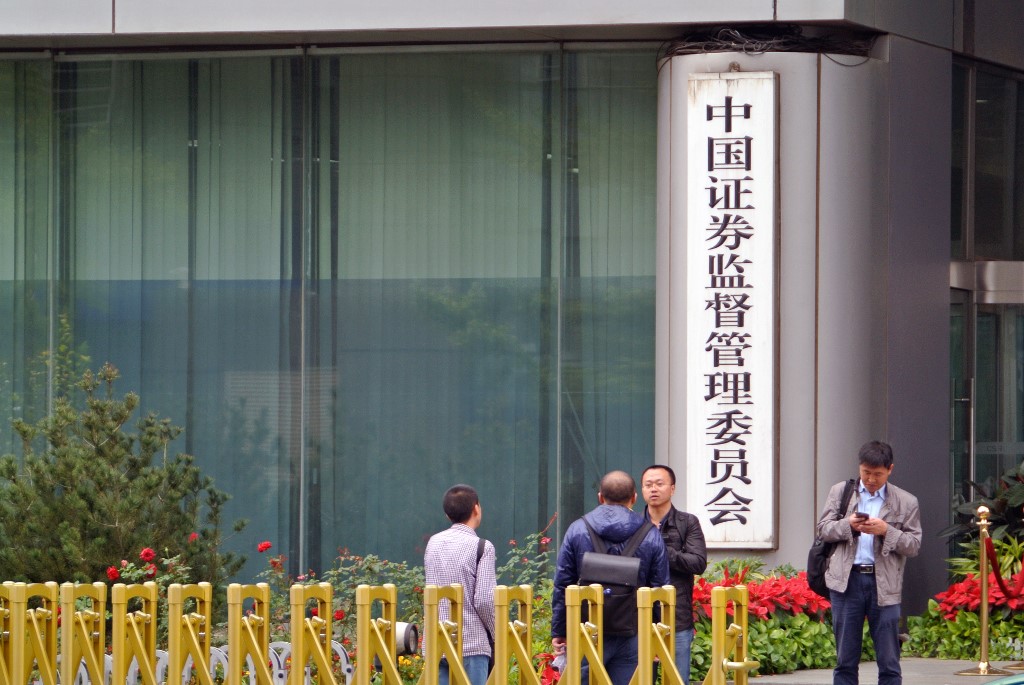(ATF) After several drafts for consultation, China has finally set the rules for investments by China’s massive insurance asset “superfunds”, which have an estimated 3 trillion yuan to invest in projects.
It is thought the release of this behemoth will lead to a ‘hot’ investment period, and venture capital firms which have struggled to raise funds over the last two years are likely to be pushed out of investment projects, or forced to change their business model.
On September 11, the China Banking and Insurance Regulatory Commission issued three supporting rules – Interim Measures for the Management of Insurance Asset Management Products. So, the “1+3” system for implementing new asset management regulations in the insurance asset management field has all been implemented, prior to it being announced today (Sept 28).
Some venture capitalists said that the business qualification threshold for insurance asset managers has been lowered so they can carry out equity investment plans, and the scope of investment is wider. This shows the determination and attitude of the regulators to support insurance funds entering the equity investment market.
But there are also venture capitalists who said that the rules, after “landing”, for equity investment by insurance asset managers can also raise funds from other institutional investors. That will inevitably aggravate the difficulty of raising money for market-oriented funds, and the reshuffle in the industry is likely to be “intense.”
Rules lower access barriers, broaden investment scope
China Fund News reported that after the insurance industry’s new asset management regulations were implemented in March this year, the China Banking and Insurance Regulatory Commission drafted three more supporting rules in April to solicit opinions from industry. After more than five months, “Detailed Rules for the Implementation of the Equity Investment Plan” were officially released on September 11.
Compared with the previous draft, from the perspective of investment scope, the types of portfolio products and equity investment plans have been expanded.
Among them, the investment scope of the equity investment plan, in addition to unlisted corporate equity, private equity investment funds, venture capital funds, and shares in private placements in listed companies, block transactions, and negotiated transfers, have also increased in the hottest market in the past two years – “Preferred shares and convertible bonds that can be converted into ordinary shares.”
In terms of business access thresholds, compared with the draft for comments, the detailed rules have reduced the business qualification requirements for insurance asset management institutions to carry out equity investment plans. The core requirement is only equity investment plan products’ management ability – more than one year of entrusted investment experience required, and no major violations of laws and regulations over the past three years.
Wang Shu, Legal Director of Bauhinia Capital, believes that there may be two reasons why the implementation rules lowered the business qualification requirements: one is that insurance asset management institutions are very enthusiastic in carrying out equity investment plans. And secondly, the regulator intends to encourage insurance institutions to pass equity Investment plans to strengthen support for equity assets.
At the same time, Wang Shu also said that the insurance equity investment plan restricts fundraising from institutions only, which reflects the cautious attitude of regulators towards personal funds entering the equity investment market. However, the rising enthusiasm of insurance asset management institutions to participate in equity investment may to a certain extent cannibalize market-based fundraising, thereby intensifying the industry reshuffle.
90% of venture capital institutions may be eliminated
In Wang Shu’s view, because insurance asset management institutions are more familiar with the largest funders in the market-insurance companies, banks, and state-owned enterprises, insurance asset management is better than other fundraising agencies when raising funds from institutional investors. Funding institutions such as market-oriented funds, have unique advantages.
At the same time, implementation rules clearly state that “private equity investment funds invested in by equity investment plans (must not) violate the relevant provisions of the “Guiding Opinions”, unless otherwise provided by laws, regulations and financial management departments.”
This means, equity investment plans containing financial institutional funds cannot directly invest in market-oriented funds (equity investment plans that do not contain financial institution funds are not within the scope of restrictions). There are still some doubts in actual operation whether the two types of funds of government-owned asset industry investment funds and venture capital funds can be exempted from multi-level nesting restrictions in accordance with the rules of the new asset management regulations.
Some people in market-based funds worry that the asset management products of bank wealth management subsidiaries will inevitably be restricted in the future. The space left for market-based funds will become smaller and smaller, and the trend of national advancement in the fund industry will become more and more obvious.
After insurance funds are “transformed” into ‘superfunds’, can they solve the venture capital/private equity fundraising difficulties?
Judging from the detailed rules, the GP (Gross Profit) requirements for entrusted management of equity investment funds must have registered capital of no less than 100 million yuan, a stable management team, no less than 10 professionals with equity investment and related experience, and no less than three exit projects that have been completed. The most important thing is that the balance of managed assets is not less than 3 billion yuan, and the historical performance is excellent.
According to statistics from China Investment, only if the balance of assets under management is not less than 3 billion yuan, most venture capital institutions can be eliminated, and there may be less than 200 institutions that meet this requirement. Coupled with the hard requirements for registered capital and management teams, as well as some soft requirements for the investment track, there may be less than 100 companies that can be shortlisted, and there are many insurance private insurance institutions.
Wang Shu believes that limited by the typical risk averse nature of insurance funds and the higher requirements for liquidity, the PE/VC funds are favored by the rule equity investment plans must be issued by large or super-large well-known institutions, and the proposed investment projects are relatively clear.
In fact, in the recent two-year “capital winter,” the venture capital institutions that can successfully raise funds are always the top 10% of the industry. Now, it seems that this situation will still not change. With the concentration of ministries and agencies, 90% of venture capital institutions may face elimination.
























